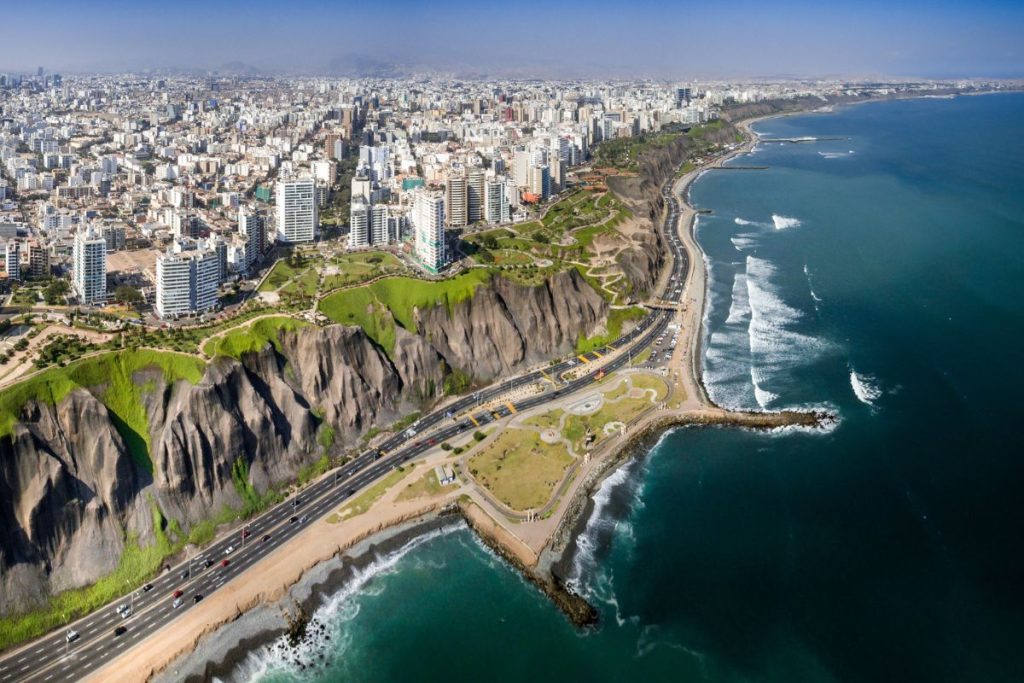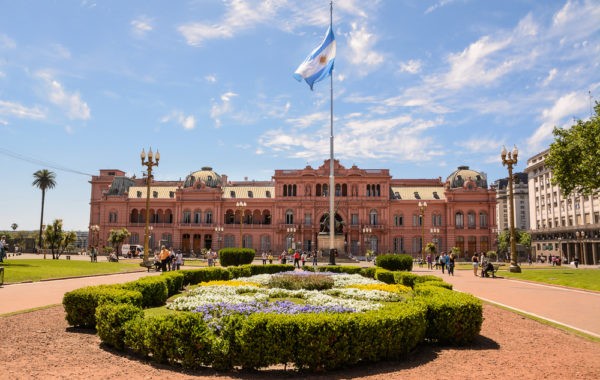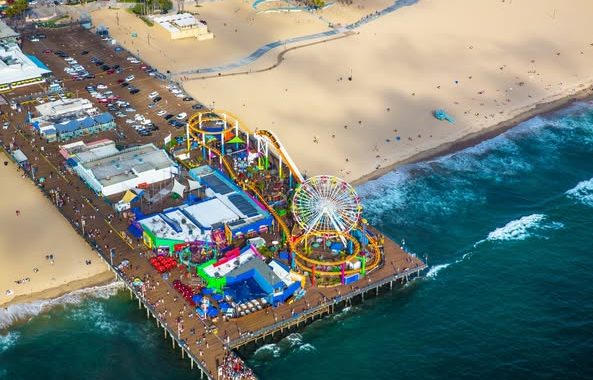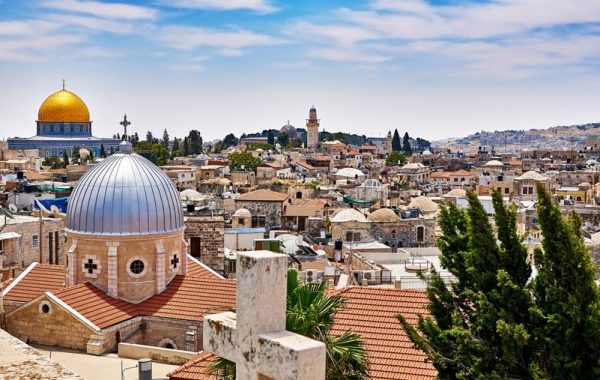Peru, a land of vibrant cultures and stunning landscapes, captivates the imagination of travelers worldwide. With regions that range from lush jungles to historic mountain peaks, this South American country offers a myriad of experiences, each revealing a different aspect of its diverse heritage and natural beauty. Here’s a guide to Peru’s unique regions, taking you on a journey through the country’s most enchanting destinations.
Lima: Gateway to Peru
The capital city, Lima, is an excellent starting point for any Peruvian adventure. With a mix of old-world charm and contemporary energy, Lima introduces travelers to Peru’s unique blend of cultures. Founded as the “City of Kings” during the colonial era, Lima became an important center during the Incan Empire. Today, it’s a bustling metropolis with over eight million residents. The city’s streets are filled with architectural marvels—historic temples, grand plazas, and stately homes that have stood for centuries. No visit to Lima is complete without sampling the city’s famous culinary scene, where traditional Andean flavors meet global influences, making it a culinary destination in its own right.
Cusco: Heart of the Andes

Cusco, the former capital of the Inca Empire, is a city rich in history and culture. A UNESCO World Heritage Site, Cusco serves as the gateway to Machu Picchu but is also worth exploring in its own right. Walking through Cusco’s main square, Plaza de Armas, allows visitors to feel the pulse of one of South America’s oldest continuously inhabited cities. Highlights include the Church and Convent of Santo Domingo, built over the ancient Inca temple of Koricancha, symbolizing the fusion of Inca and Spanish heritage that defines much of the city’s character.
Machu Picchu: The Incan Citadel
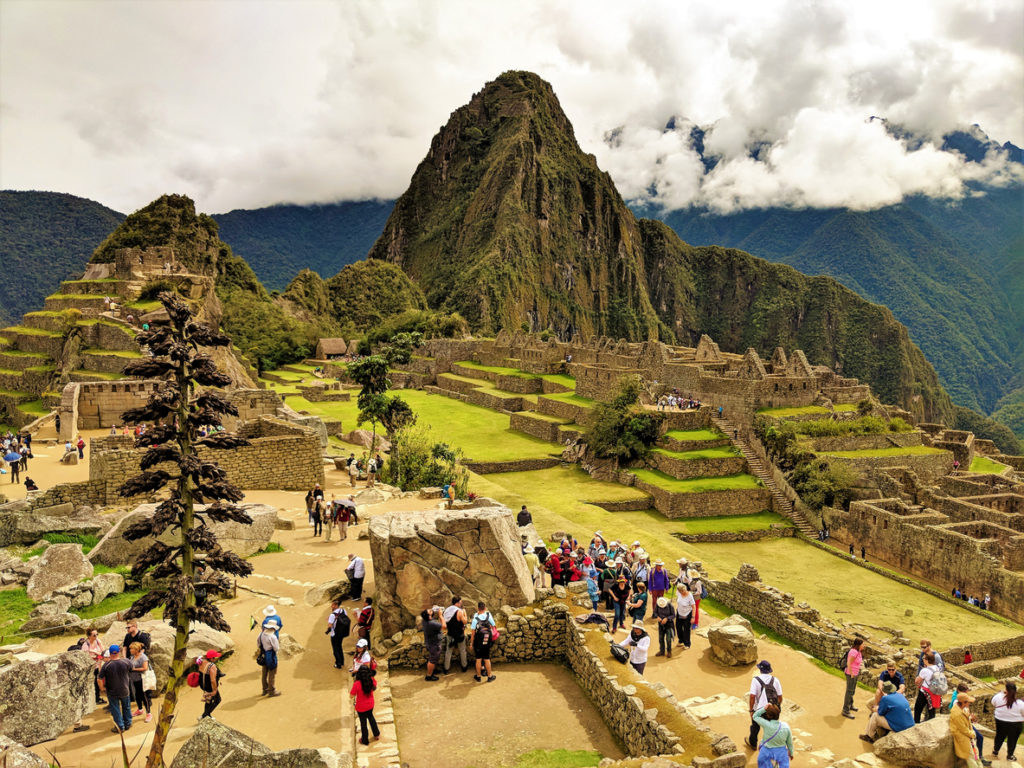
From Cusco, a journey to Machu Picchu is a must. Often called the “Lost City of the Incas,” Machu Picchu is an architectural marvel perched high in the Andes at an elevation of 7,972 feet. Named after Hiram Bingham, the explorer who brought it to global attention in 1911, the site is a testament to the ingenuity of the Inca civilization. For an unforgettable experience, many travelers opt for the Hiram Bingham luxury train, which offers panoramic views of the stunning landscapes as it winds its way through the mountains. As you arrive at Machu Picchu, the lush greenery and mist-shrouded ruins reveal why this site is considered one of the world’s most iconic destinations.
Lake Titicaca: Birthplace of the Incas
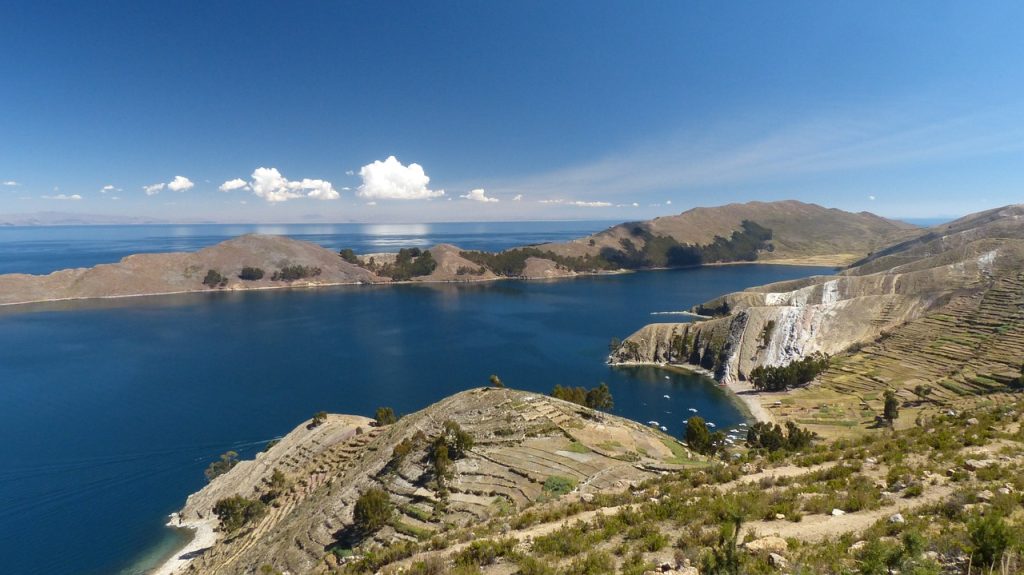
Lake Titicaca, shared by Peru and Bolivia, is often referred to as the birthplace of the Inca civilization. Known as the highest navigable lake in the world, it sits at an altitude of 12,507 feet and offers breathtaking views of deep blue waters and clear skies. The shores of Lake Titicaca are home to people who still live according to age-old traditions, tending to their crops by hand and wearing traditional Andean clothing. A visit to this area provides insight into the lives of indigenous communities, whose customs have remained largely unchanged for centuries.
Arequipa and the Colca Canyon

Continuing south from Lake Titicaca, the city of Arequipa and the nearby Colca Canyon offer a different perspective on Peruvian culture and natural beauty. Arequipa, known as the “White City” due to its buildings made from white volcanic stone, is a charming colonial city with impressive examples of Andean Baroque architecture. Nearby, Colca Canyon plunges to a depth of 11,155 feet, making it one of the world’s deepest canyons and twice as deep as the Grand Canyon. Villages along the canyon’s slopes have preserved their colonial architecture and ancient agricultural terraces, where locals grow potatoes, quinoa, and barley. The area is also known for its traditional alpaca wool products, intricately embroidered textiles, and vibrant festivals.
The Amazon Rainforest: Wilderness and Wildlife
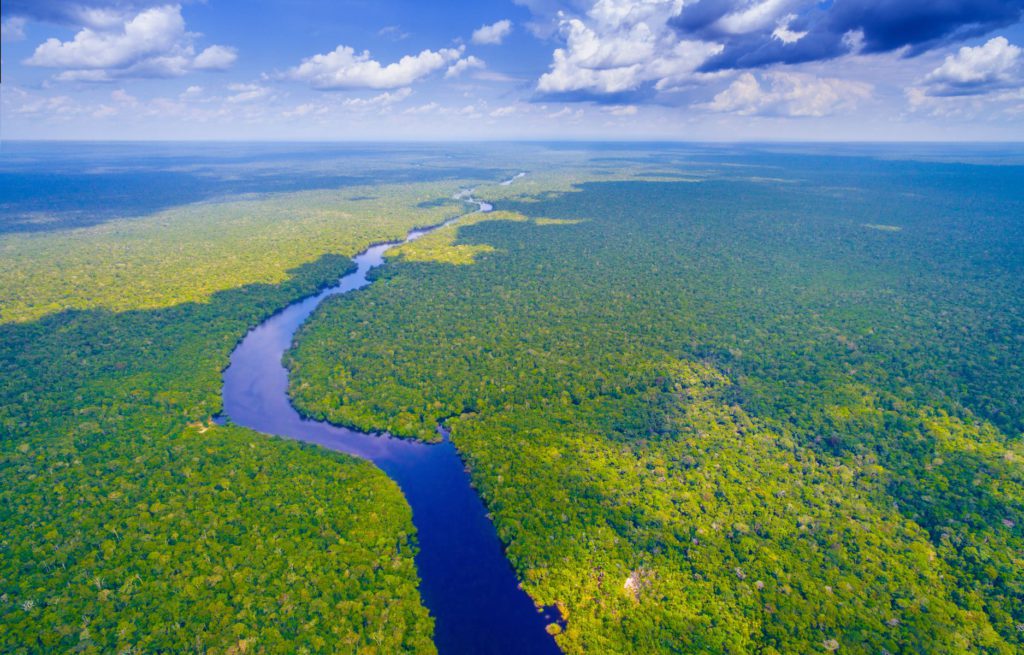
Peru’s Amazon rainforest, covering nearly 60% of the country, is an extraordinary region filled with biodiversity. Exploring the Amazon offers encounters with vibrant wildlife, from pink dolphins to colorful parrots and countless exotic plant species. For those who prefer a more relaxed experience, an Amazon river cruise provides the perfect opportunity to take in the sights and sounds of the jungle. Some excursions even include night outings to spot alligators in the river’s dark waters, while others visit local communities, offering a glimpse into the lives of those who rely on the Amazon for sustenance.
In the northern Amazon region, the Utcubamba River valley holds a trove of archaeological treasures. Here, travelers can visit the Leymebamba Museum, which houses artifacts like textiles and pottery, as well as mummies found in the area. A standout attraction is the Karajia sarcophagi, towering clay figures that house pre-Inca tombs, set high on cliffsides. Additionally, the stunning Gocta Waterfall, one of the world’s tallest, offers a scenic hike and is surrounded by unique flora and fauna.
Tambopata National Reserve: Nature and Tranquility
For a peaceful yet immersive jungle experience, Tambopata National Reserve in southeastern Peru is ideal. Here, travelers can wake up to the sights and sounds of Sandoval Lake, home to exotic bird species, alligators, and vibrant plant life. A jungle walk reveals the rich diversity of the reserve’s ecosystems, while evenings are best spent relaxing in a hammock, taking in the symphony of the jungle as night falls.
Vinicunca and the Sacred Mountain of Ausangate

The Vinicunca mountain, often called Rainbow Mountain due to its vividly striped mineral deposits, is a remarkable sight. The vibrant colors of the mountain, coupled with the turquoise lakes and nearby Ausangate peak, create a scene straight out of a dream. Ausangate itself is a sacred mountain for the Andean people, who perform rituals here as a way to honor nature and give thanks for their bountiful land.
Paracas National Reserve and the Ballestas Islands

For a taste of Peru’s coastal and desert landscapes, Paracas National Reserve is an excellent choice. Visitors can explore the Ballestas Islands, which are known for their diverse wildlife, including sea lions, penguins, and various seabirds. A highlight of the reserve is the mysterious three-pronged symbol etched into a hillside, often called the Paracas Candelabra, which remains an enigma, with theories ranging from astronomical purposes to ancient navigational markers. Spending a night under the stars in Paracas allows travelers to fully immerse in the tranquility of the Peruvian desert.
With its diverse regions, from the bustling city of Lima to the high peaks of Machu Picchu and the deep jungles of the Amazon, Peru offers travelers a chance to experience a world of contrasts. The country’s rich heritage, stunning landscapes, and warm hospitality make it a destination like no other. Whether exploring ancient ruins, traversing rainbow-colored mountains, or marveling at the natural beauty of Lake Titicaca, a trip to Peru promises unforgettable experiences that bring history and nature together in perfect harmony.
For latest travel news and updates, food and drink journeys, restaurant features, and more, like us on Facebook or follow us on Instagram. Read more on Travel and Food Network
Book Your Travel Packages


